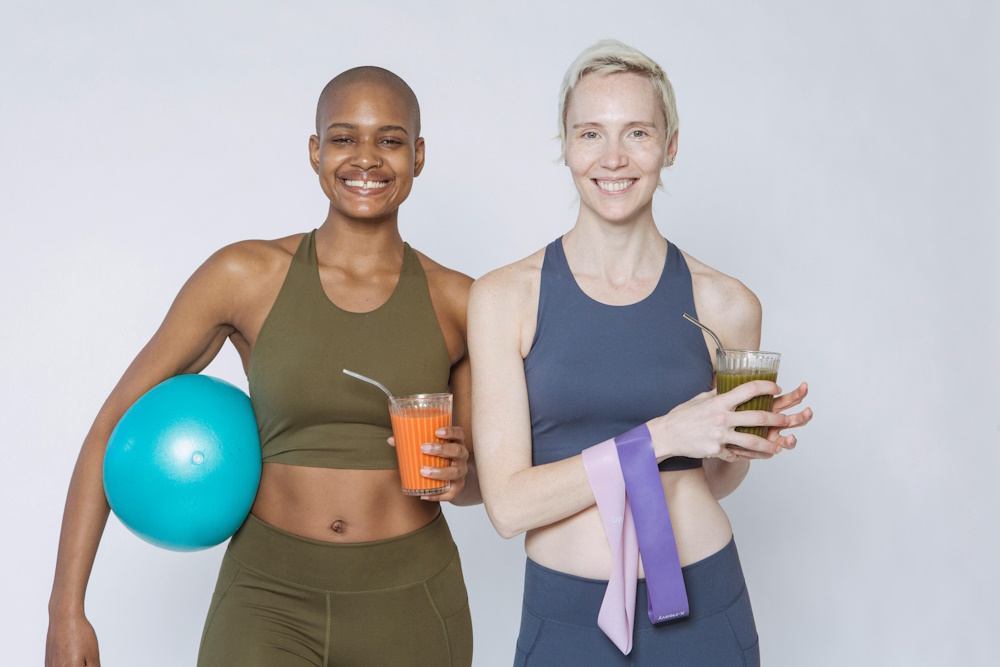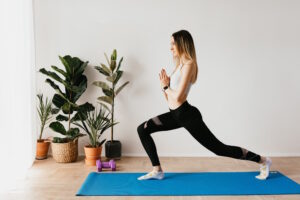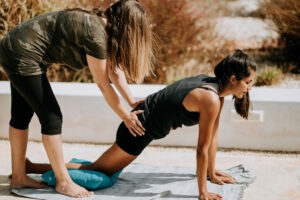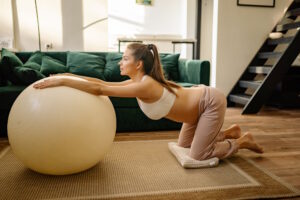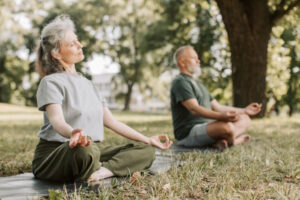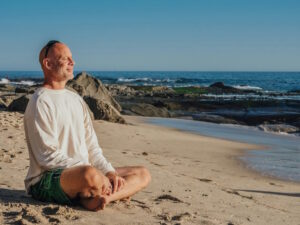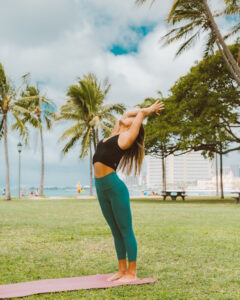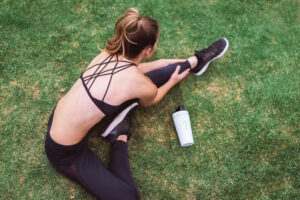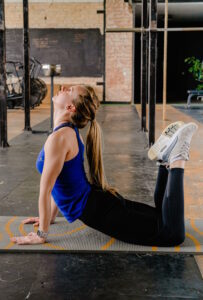Pilates is a highly effective form of exercise that not only enhances physical strength and flexibility but also promotes overall well-being. To reap the maximum benefits from your Pilates workouts, it’s crucial to fuel your body with the right nutrition. In this guide, we will explore the key aspects of Pilates nutrition, including whether you need to eat more when doing Pilates, what to eat while doing Pilates, and the kind of physique Pilates can help you achieve.
Do you need to eat more when doing Pilates?
The need to eat more when doing Pilates largely depends on your individual goals, energy expenditure, and the timing of your workouts. Pilates is considered a moderate-intensity exercise, which means it may not require as many additional calories as high-intensity workouts like CrossFit or long-distance running.
1. Pre-Workout Nutrition: If you practice Pilates in the morning or after a long gap between meals, consider having a light, balanced snack that provides a mix of carbohydrates, protein, and healthy fats. This can help maintain energy levels and improve workout performance.
2. Post-Workout Nutrition: After a Pilates session, it’s essential to refuel your body. Focus on a post-workout meal or snack that combines carbohydrates to replenish glycogen stores, protein for muscle repair, and hydration to replace lost fluids.
3. Hydration: Staying adequately hydrated is crucial for Pilates. Drink water before, during, and after your workout to prevent dehydration.
4. Individual Needs: The need for extra calories depends on factors like your fitness goals (weight loss, maintenance, or muscle gain), metabolism, and body size. Consult with a registered dietitian or nutritionist to determine your specific nutritional needs.
What should I eat while doing Pilates?
Eating while doing Pilates is not typically recommended, as the exercises involve precise movements and deep breathing that can be disrupted by food in your stomach. However, it’s essential to have proper nutrition throughout the day to support your workouts.
1. Pre-Workout Snacks: If you need to eat before Pilates, choose easily digestible options like a banana, yogurt, or a small handful of nuts 30 minutes to an hour before your session.
2. Post-Workout Meals: After your workout, opt for a balanced meal that includes lean protein sources like chicken, fish, or tofu, whole grains like brown rice or quinoa, and plenty of vegetables. This combination helps with muscle recovery and refueling.
3. Hydration: During your Pilates session, focus on staying hydrated with water. Avoid sugary or caffeinated beverages, as they can lead to dehydration.
Can you get a good body just from Pilates?
Pilates can contribute to achieving a toned and strong body, but whether it’s sufficient to achieve your desired physique depends on several factors:
1. Consistency: Regular Pilates practice is essential to see significant changes in your body. Consistency and dedication are key.
2. Diet: Nutrition plays a crucial role in achieving your desired body composition. Pilates should be complemented with a balanced diet that supports your goals, whether it’s weight loss, muscle gain, or body maintenance.
3. Overall Lifestyle: Achieving a good body also depends on other lifestyle factors such as sleep quality, stress management, and overall physical activity.
4. Individual Goals: Your specific goals for your body will determine whether Pilates alone is sufficient or if it should be part of a broader fitness routine.
5. Variety: Incorporating different Pilates exercises and classes, such as mat Pilates, reformer Pilates, and advanced sessions, can help target various muscle groups and challenge your body in different ways.
What physique does Pilates give you?
Pilates can help you achieve a lean, toned, and balanced physique. It focuses on building core strength, improving flexibility, and enhancing overall body awareness. The benefits of Pilates include:
· Strong Core: Pilates is known for its emphasis on core strength, which can result in a flatter, more toned abdomen.
· Improved Posture: Regular Pilates practice can help correct poor posture, leading to a more upright and elegant stance.
· Increased Flexibility: Pilates exercises incorporate stretching movements that enhance flexibility and reduce the risk of injury.
· Long, Lean Muscles: Pilates promotes long, lean muscles rather than bulky ones, creating a lean and sculpted appearance.
· Balance and Coordination: Pilates exercises improve balance, coordination, and body awareness, which contribute to a graceful physique.
In summary, Pilates nutrition plays a vital role in supporting your workouts and overall well-being. While the need for additional calories during Pilates may vary, it’s essential to focus on balanced pre- and post-workout nutrition. Achieving your desired physique through Pilates depends on consistency, diet, lifestyle factors, and individual goals. Pilates can help you achieve a lean, toned, and balanced physique with a strong core, improved posture, increased flexibility, long muscles, and enhanced balance and coordination.
